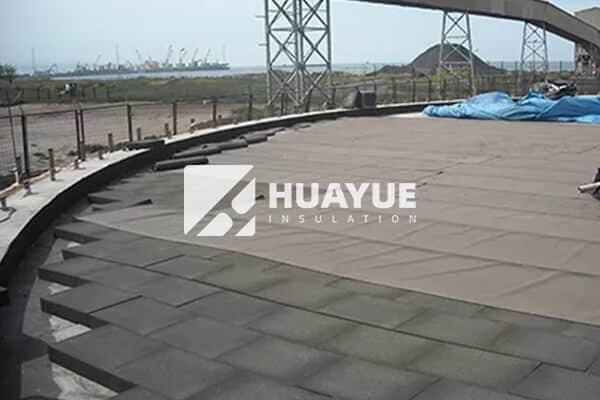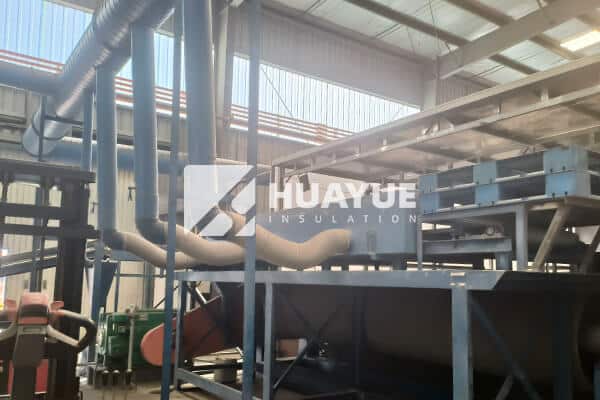Tank bases face extreme pressure, moisture, and temperature differences. Many insulation products fail to support tanks or resist water in these environments.
Foam glass insulation provides high compressive strength and full moisture resistance, maintaining tank alignment and protecting against corrosion for decades in harsh operating environments.

Tanks are central to industrial processes. Tank bases see constant stress from heavy loads and weather. Choosing the wrong insulation can mean costly repairs. I have managed installations using foam glass, and the results were trouble-free operation and long service life. Let’s dig into the advantages of foam glass for tank bases.
How does foam glass handle weight and stability under industrial tanks?
Large tanks hold chemicals, fuel, or cryogenic liquids. Their weight risks crushing weak insulation. I recall a project where tanks settled unevenly on low-density insulation. Upgrading to foam glass stopped settling completely.
Foam glass maintains shape and strength under very high loads. The block structure doesn’t compress, keeping tanks level.

Each block distributes weight uniformly, so tanks stay stable year after year. This reliability reduces foundation repairs and system downtime. Facilities praise foam glass for making tank base design simple and dependable.
How does foam glass prevent corrosion and water damage at tank bases?
Tank bases see rain, leaks, and ground water. Most insulation absorbs some moisture, leading to hidden corrosion under insulation (CUI). I saw a chemical plant lose tanks to rust before switching to foam glass.
Foam glass is fully waterproof. Its closed cell structure forms a barrier underneath tanks, blocking water and stopping corrosion.
This feature is essential for chemical, petrochemical, and LNG tanks. Teams report longer service life and fewer safety incidents after using foam glass under tanks. With cellular glass, risk and costs go down.
What steps are involved in installing foam glass insulation at tank bases?
First, teams clear and level the site. They lay foam glass blocks directly on the concrete pad and seal joints tightly. I always advise using foam glass adhesives for a seamless finish.
Installation is fast. Blocks cut easily and stack to any required thickness. Once set, the tank sits in place without shifting, and water cannot get through.
Engineers appreciate the time savings and straightforward process, making foam glass the leading choice.
What are tank base applications where foam glass excels?
This material suits oil and chemical storage tanks, LNG and cryogenic reservoirs, and water towers. Foam glass works for both flat and ring base tanks.
No other insulation combines full waterproofing, load capacity, fire resistance, and ease of use in one package. Foam glass cuts project complexity and raises safety standards.
Conclusion
Foam glass insulation provides tank bases with unmatched load support and water resistance, preventing tank shifting and corrosion for reliable, durable industrial sites.

